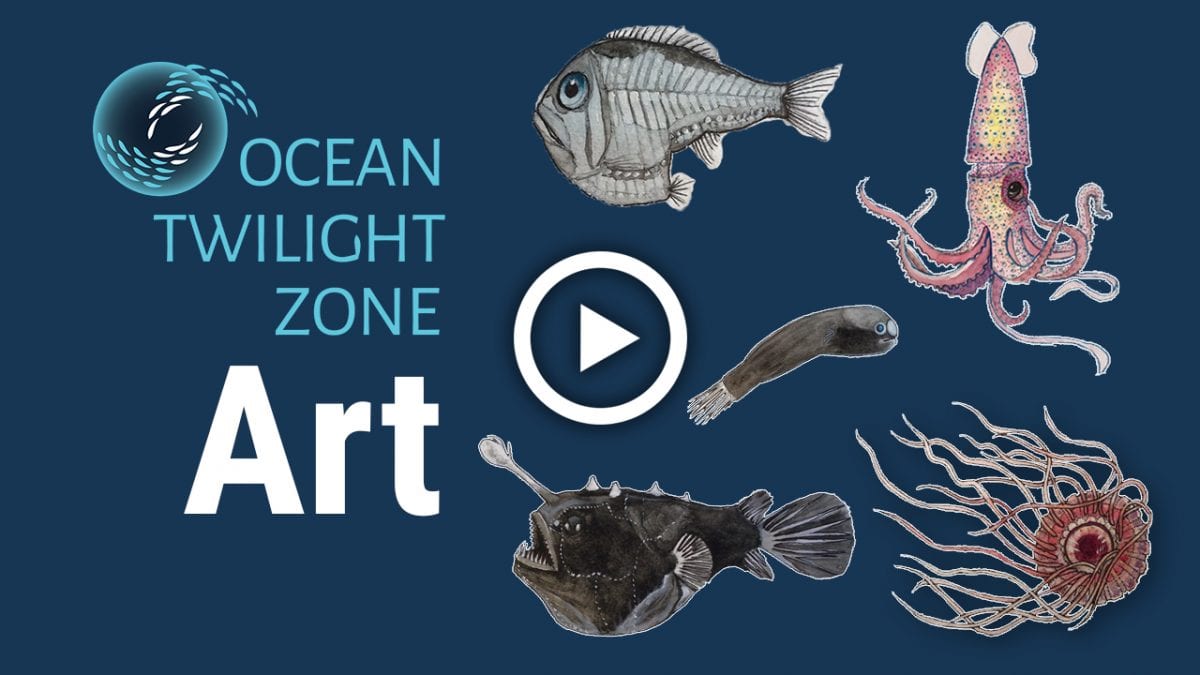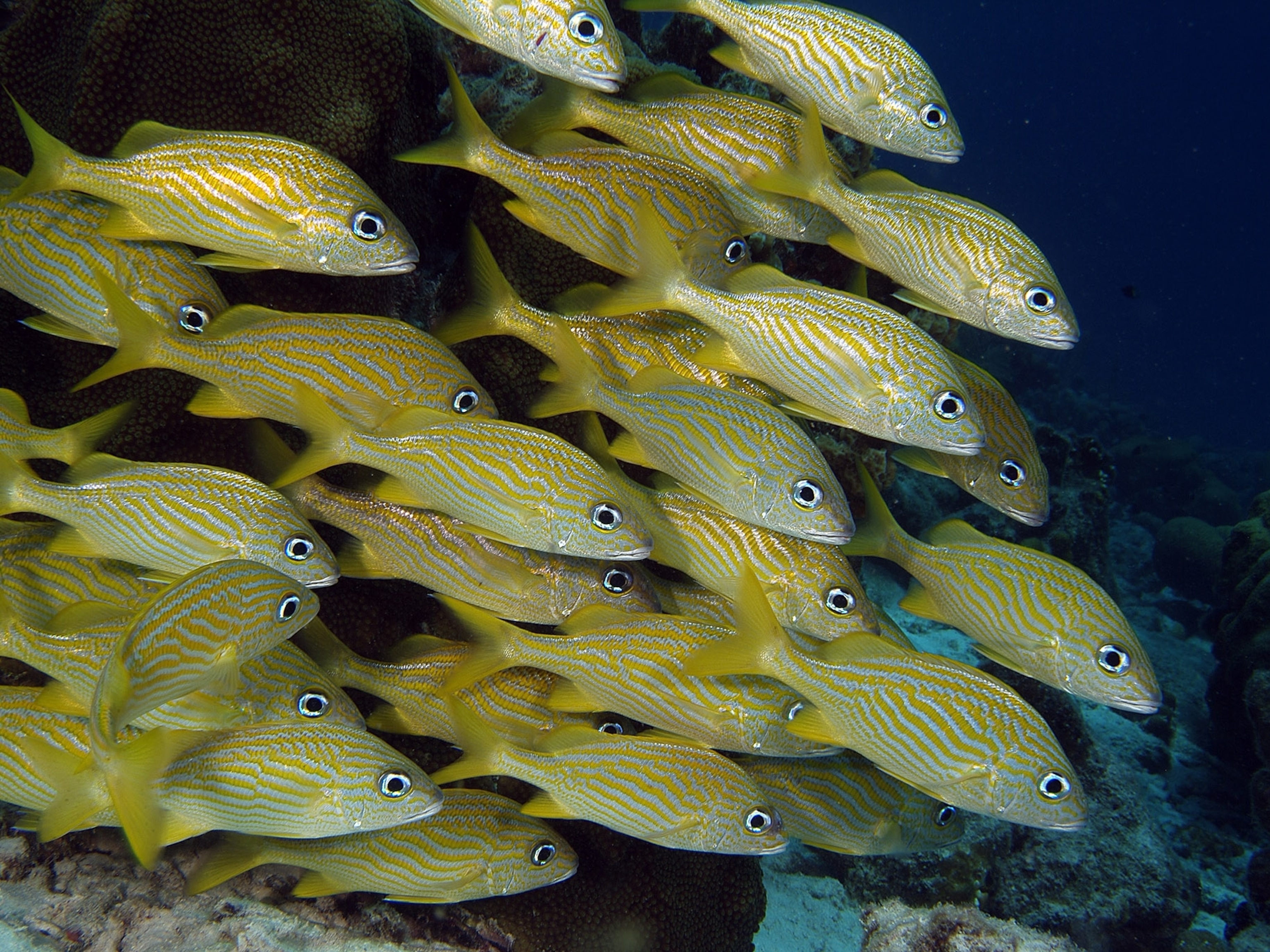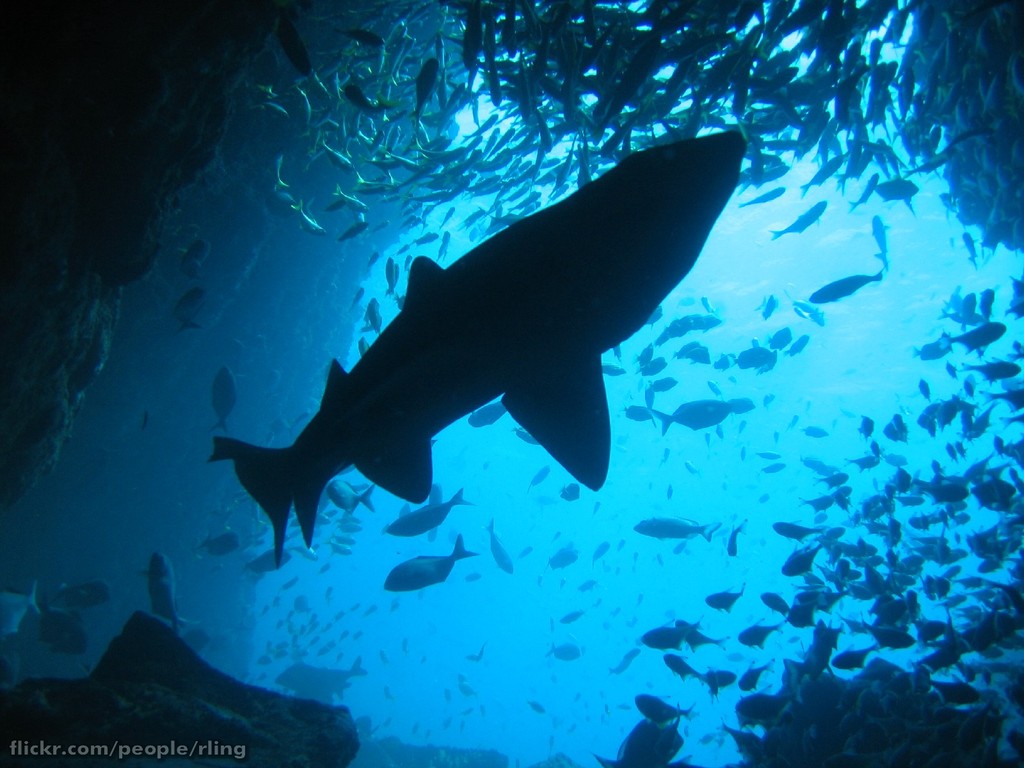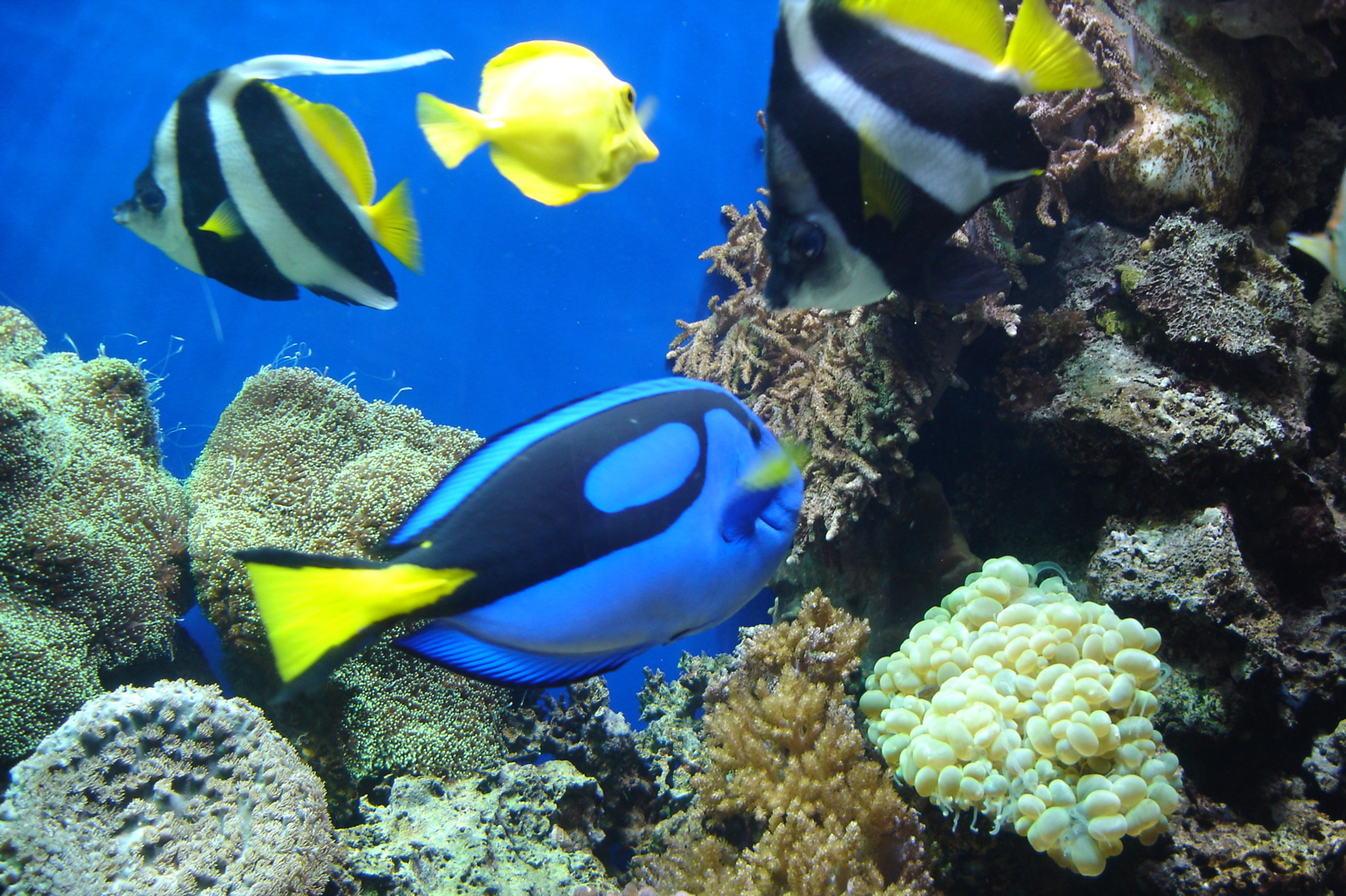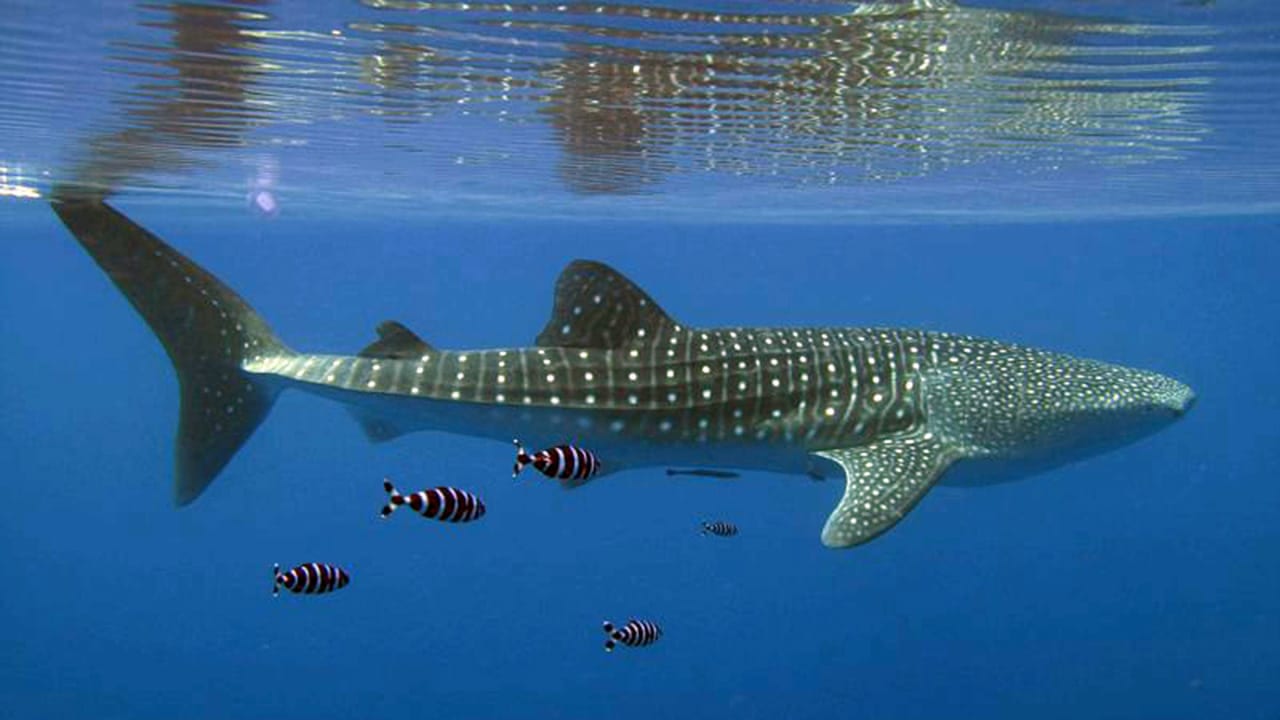Tropical Ocean Animals Adaptations

One of the major behavioral adaptations of marine mammals is their ability to swim and dive.
Tropical ocean animals adaptations. Prominent Polar Region Animal Adaptations. Tropical rainforest plants adaptations to environment. In a volatile and competitive ecological environment like the tropical rainforests animals need to adapt to survive.
Water depth temperature and the presence or absence of light are some of the conditions that differ in these habitats. Viscosity increases with decreasing temperature. This is an important adaptation as it protects the organisms from the extreme cold.
They have a swim bladder to control their bouyancy. The bill of a toucan is huge and is often thought to be a useful tool to fight off predators. Encourage students to think about adaptations in marine animals related to obtaining food providing camouflage or safety from predators or dealing with changes in temperature salinity pressure lack of sunlight and need for oxygen.
Most tropical fish swim at 640 ft in depth. Examples of physical adaptations the thickness of an animals fur helps them to survive in cold environments. Other plants like orchids bromeliads and ferns grow as epiphytes high up in the canopy where there is more sunlight.
The ocean has three broad habitats. The sloth uses camouflage and moves very slowly to make it. Gills allow them to breathe in the ocean water.
What adaptations do sea turtles have to survive. Most animals have sleek bodies to swim through the water the sleek bodies help cut down friction on the animal. Many adaptations that make sea turtles.






